Easy Homemade Korean BBQ Sauce
Korean BBQ sauce is a fantastic addition to vegetarian cooking. It brings a sweet and savory kick to my favorite dishes, Asian and non-Asian cuisines alike. I’m so happy to share this recipe with you today!
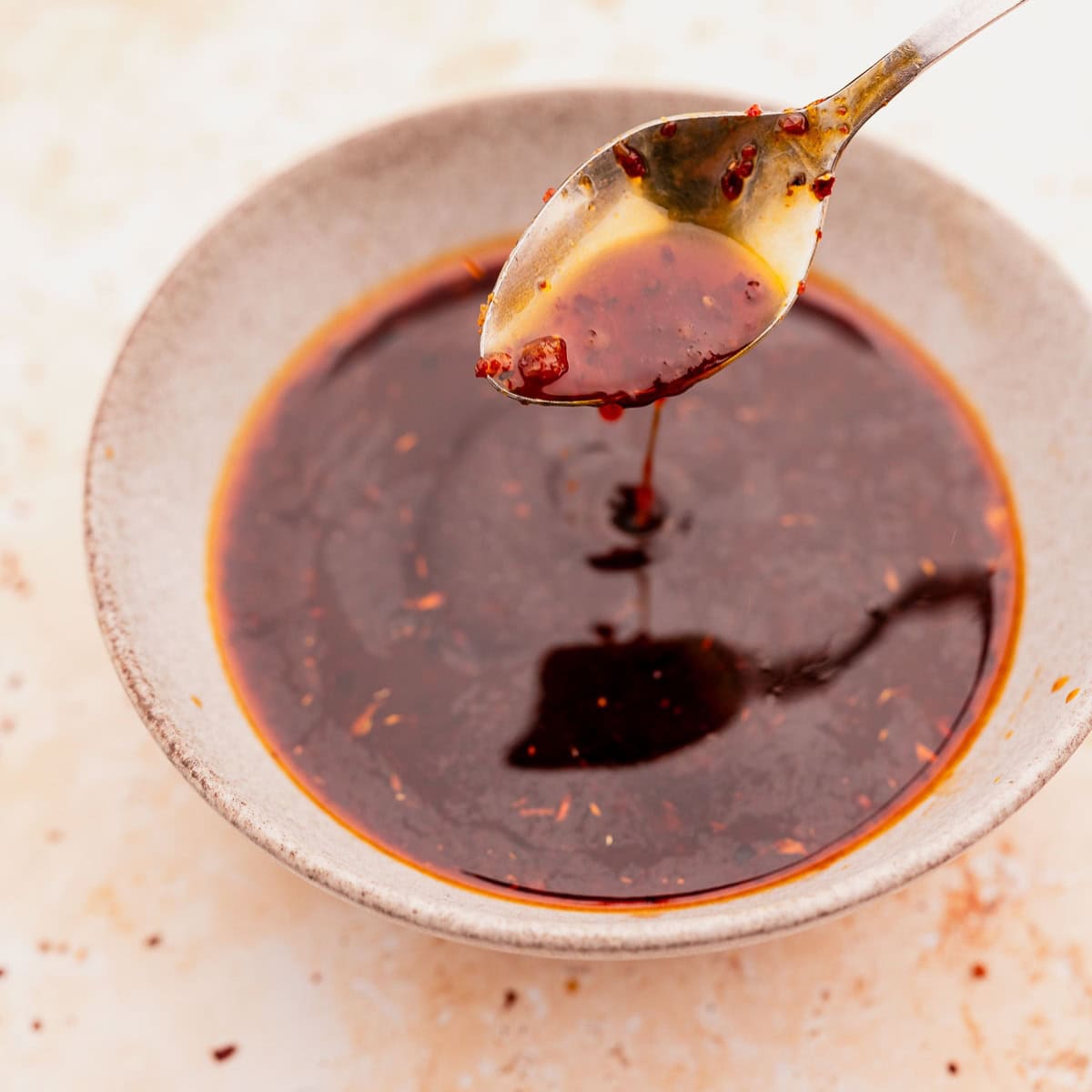
I absolutely love this Korean BBQ sauce recipe because it can add fantastic flavors to so many vegetarian and vegan dishes. Making it at home is super easy, too, and it allows me to tweak the flavors exactly how I like them. Plus, my friends and family can’t get enough of it!
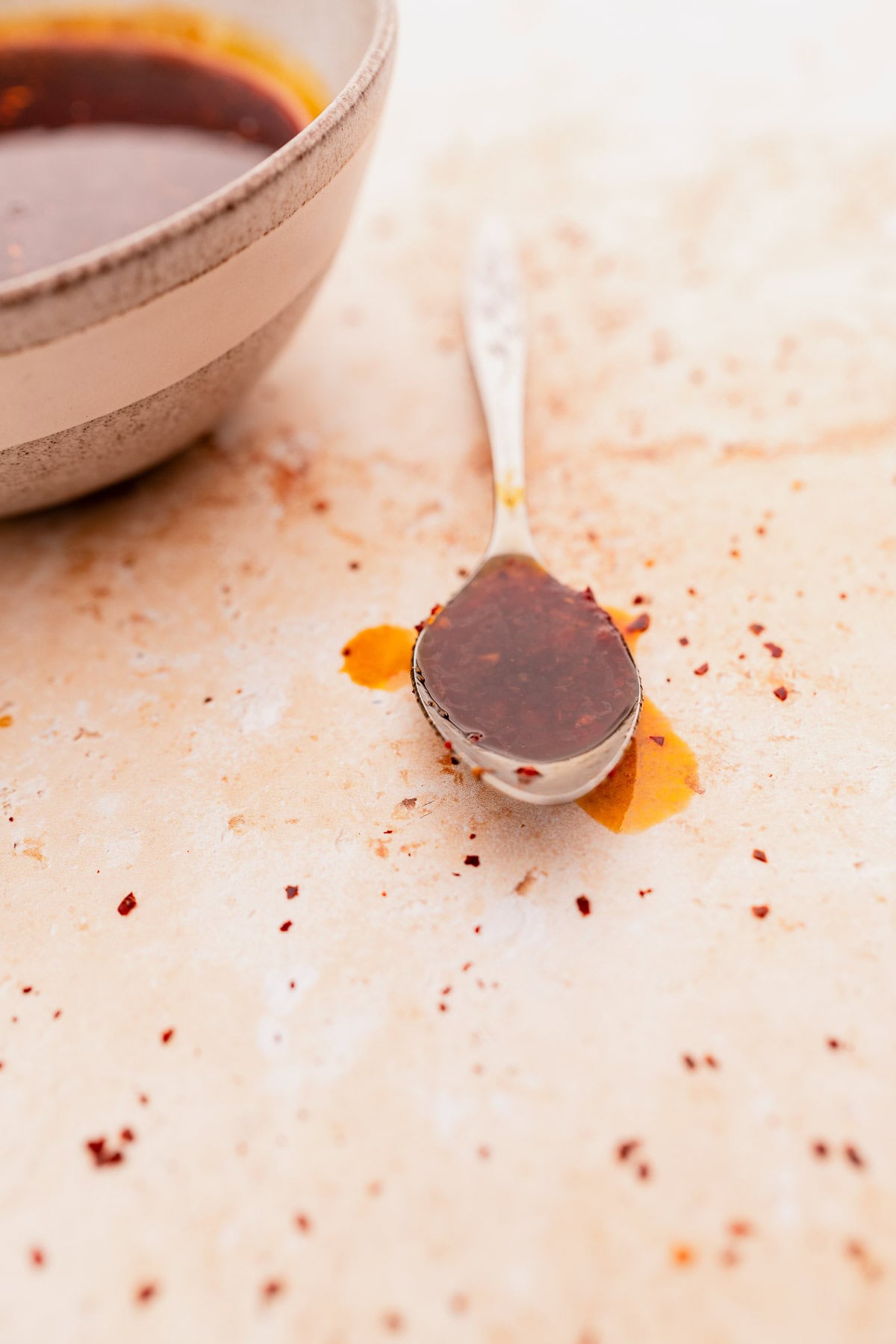
What is Korean BBQ Sauce?
Korean BBQ sauce is a condiment that perfectly blends sweet and savory with just a bit of spice. Traditionally, it’s used to marinate and glaze meats in Korean cuisine (like bulgogi, beef short ribs, chicken wings, and galbi), but it has tons of vegetarian and vegan applications, too.
You can use it to marinate tofu, drizzle over roasted vegetables, or as a dipping sauce for your favorite plant-based snacks. Every vegetarian kitchen should have it stocked and ready for use anytime!
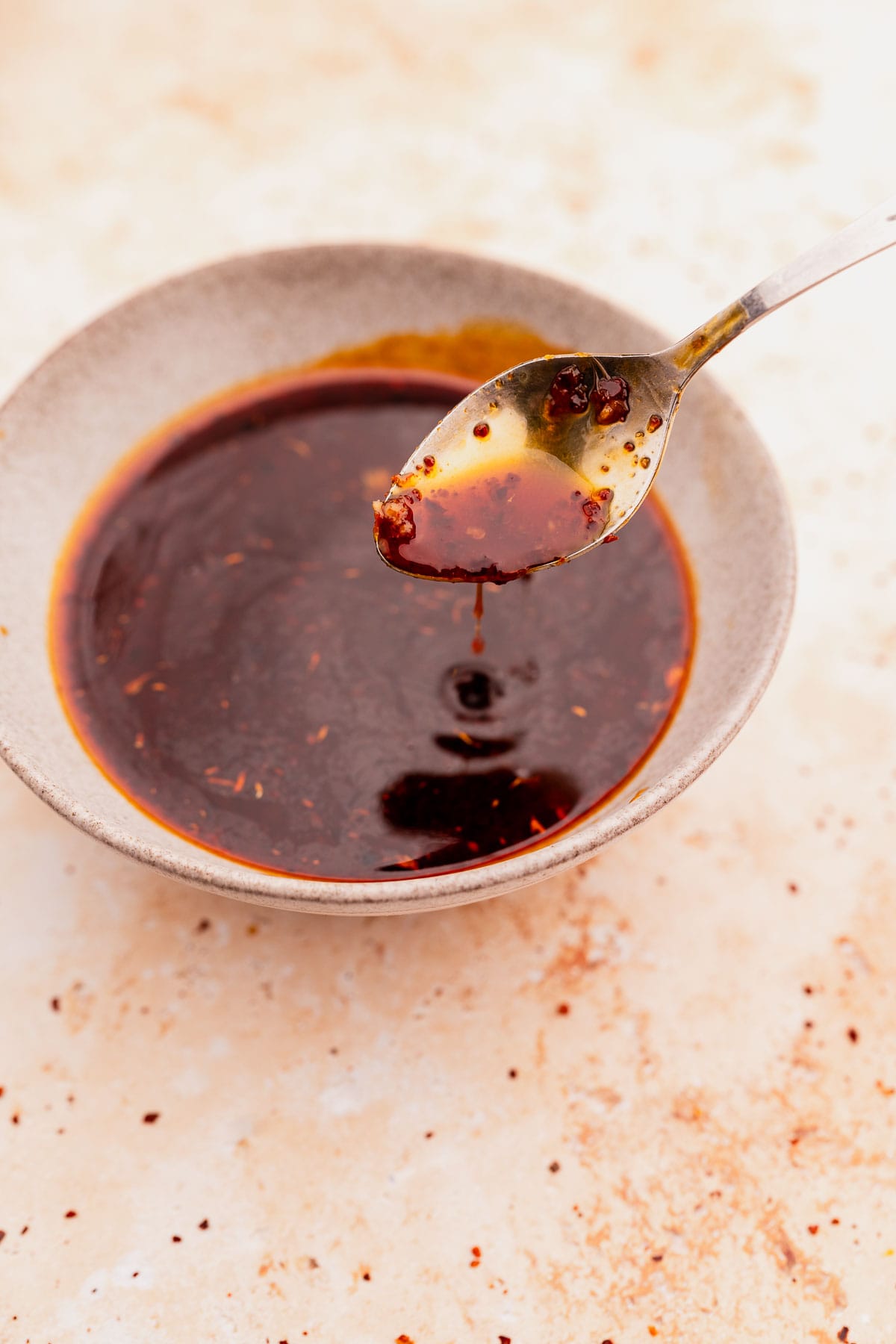
Why You’ll Love It
- I love its deep, rich flavor that can quickly level up any vegetarian or vegan meal.
- You can use it in different ways: use it as a marinade, sauce, or topping.
- Super easy to make! You’ll whip up this Korean BBQ sauce in just 10 minutes.
- Allergy-free! You can use gluten-free, soy-free, and entirely vegan ingredients in this recipe.
- Aiming for a specific taste? Feel free to customize this recipe to your preferences!
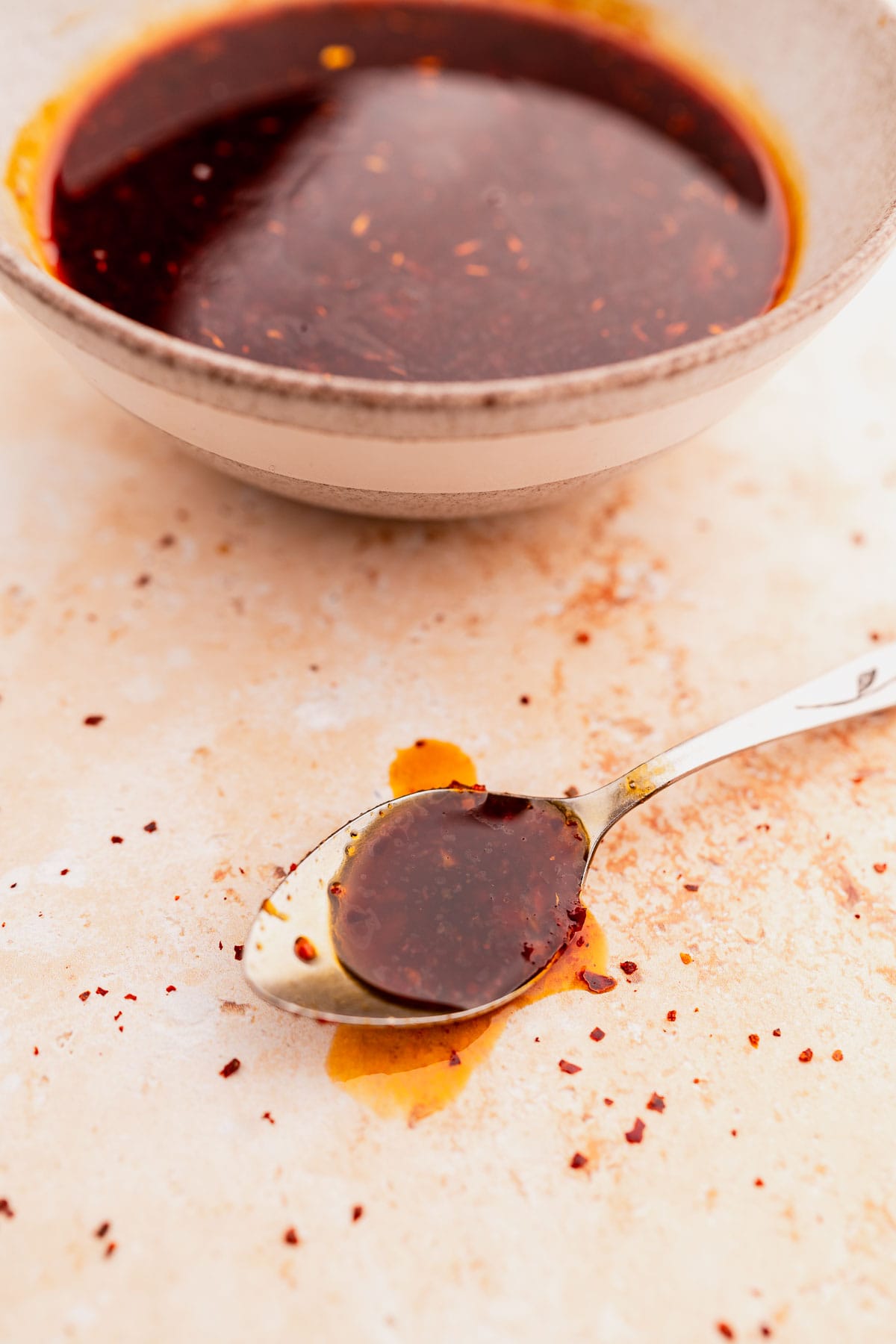
Ingredient Notes
Gluten-free soy sauce: Adds a salty, umami flavor base. If you’re not gluten-free, using regular soy sauce is okay!
- Tamari: This is a Japanese soy sauce made from soybeans with little to no wheat content. You may use it if you want; make sure to check the label to see if there’s wheat, as some brands are not 100% wheat-free.
- Coconut aminos: A soy-free, gluten-free alternative to soy sauce made from the sap of coconut blossoms. It has a slightly sweet and less salty flavor compared to soy sauce, making it a great option for those avoiding soy and gluten.
Brown rice syrup: Gives sweetness and thickness to the sauce. For a non-vegan swap, go for honey instead.
- Brown sugar: You can also use this if you don’t have the above ingredients. It adds a slight molasses flavor, but you may need to add more since it is less sweet.
Rice Vinegar (or rice wine vinegar): Introduces a mild acidity, adding a slight tang.
- Apple cider vinegar: Use this for a sharper tang.
Gochujaru: Also known as Korean chili flakes, it has a distinctive spicy-sweet flavor and is commonly used in Korean dishes.
Toasted Sesame oil: Gives a rich, nutty flavor compared to regular sesame oil. Do not use regular sesame oil, as it does not provide the same flavor profile.
Garlic and ginger: Adds sharp, aromatic flavors to the sauce.
Gojuchang: This Korean chili paste adds heat, sweetness, and a bit of fermented tang. If vegan or gluten-free, make sure the brand you purchase does not contain ingredients that do not fit your diet.
- Sriracha: Another option is to use sriracha if you like spice with a garlicky undertone. This also has a smoother consistency than gojuchang.
Black pepper: Offers a subtle heat and earthiness that perfectly blends in with all the other ingredients.
How to Make Korean BBQ Sauce
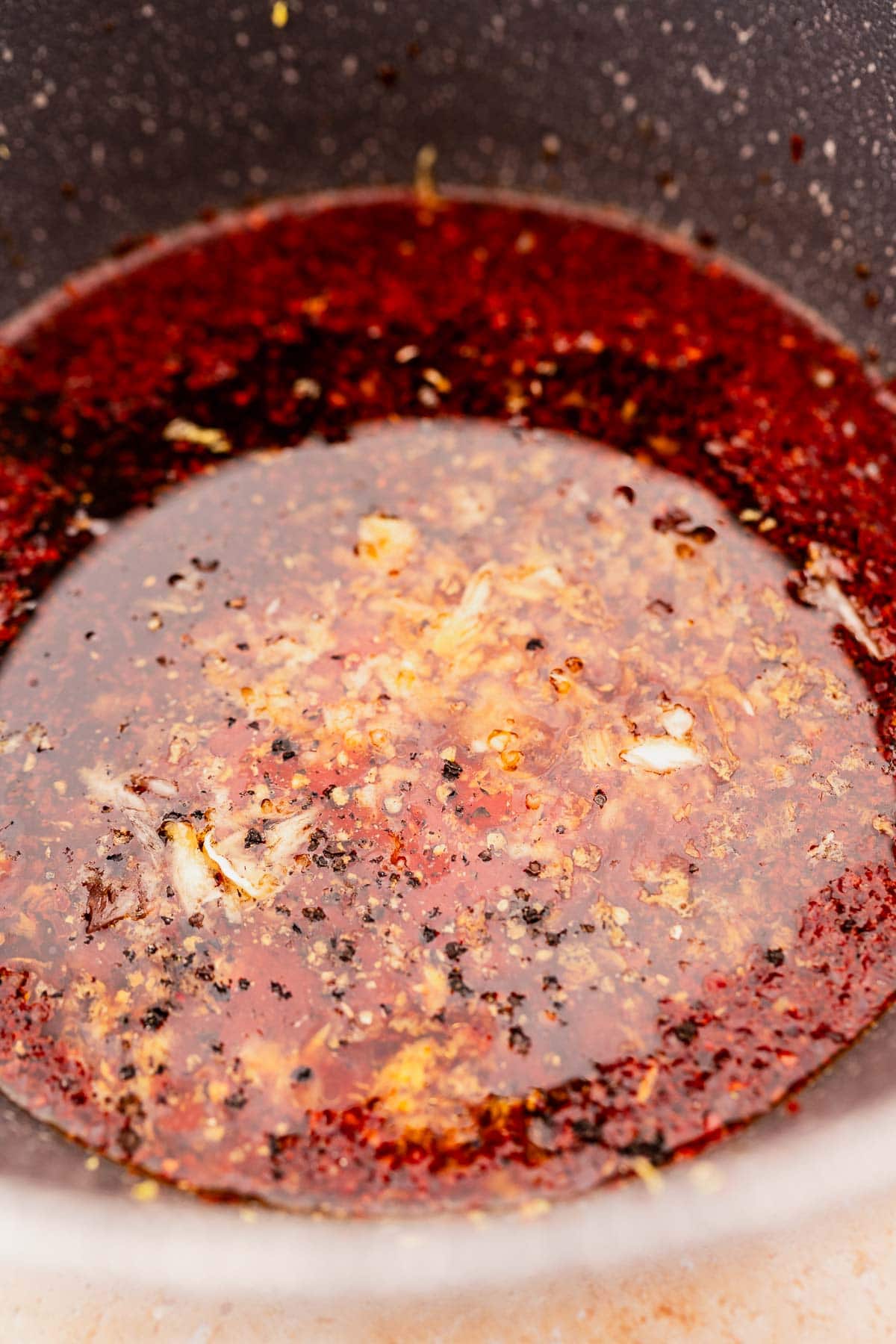
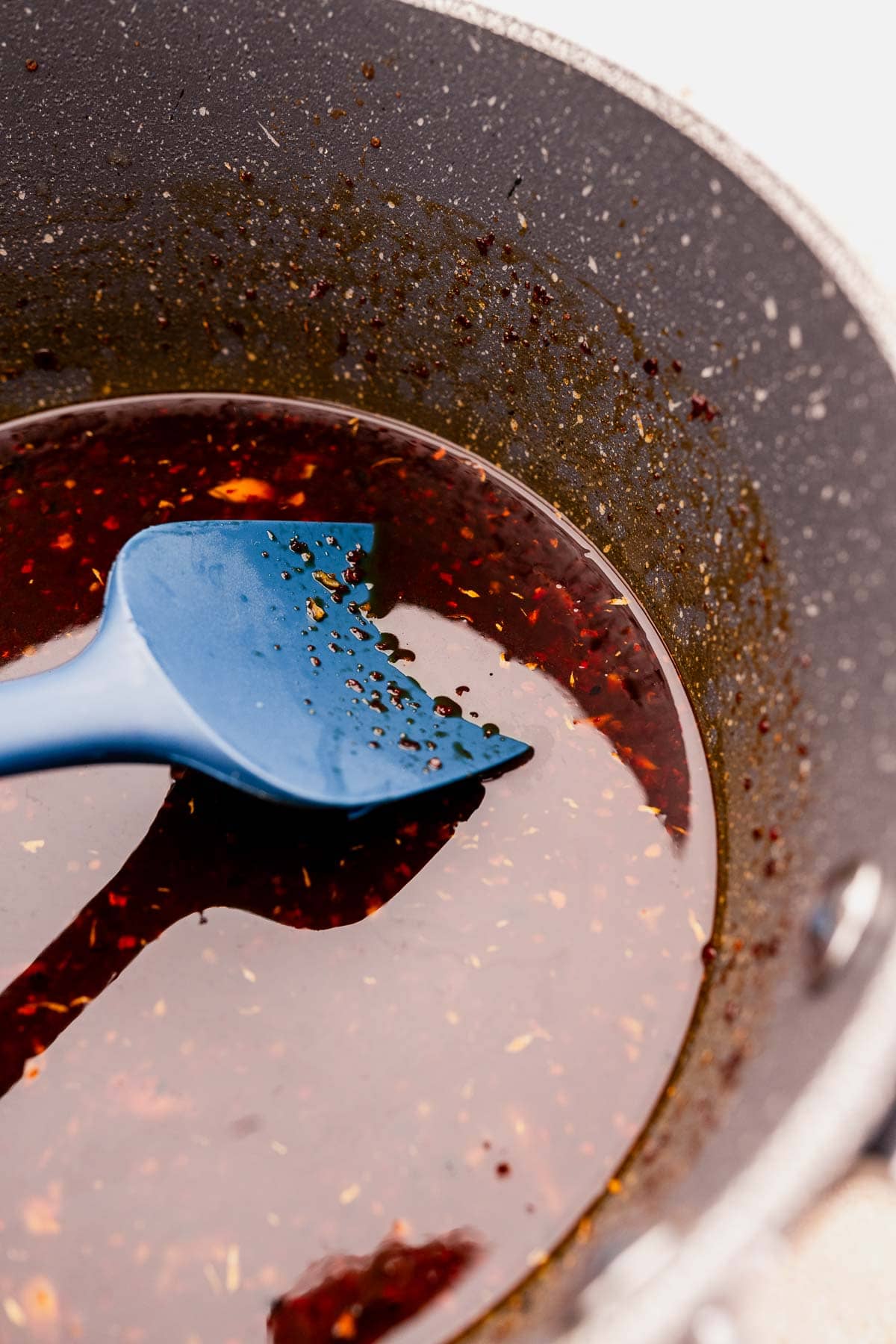
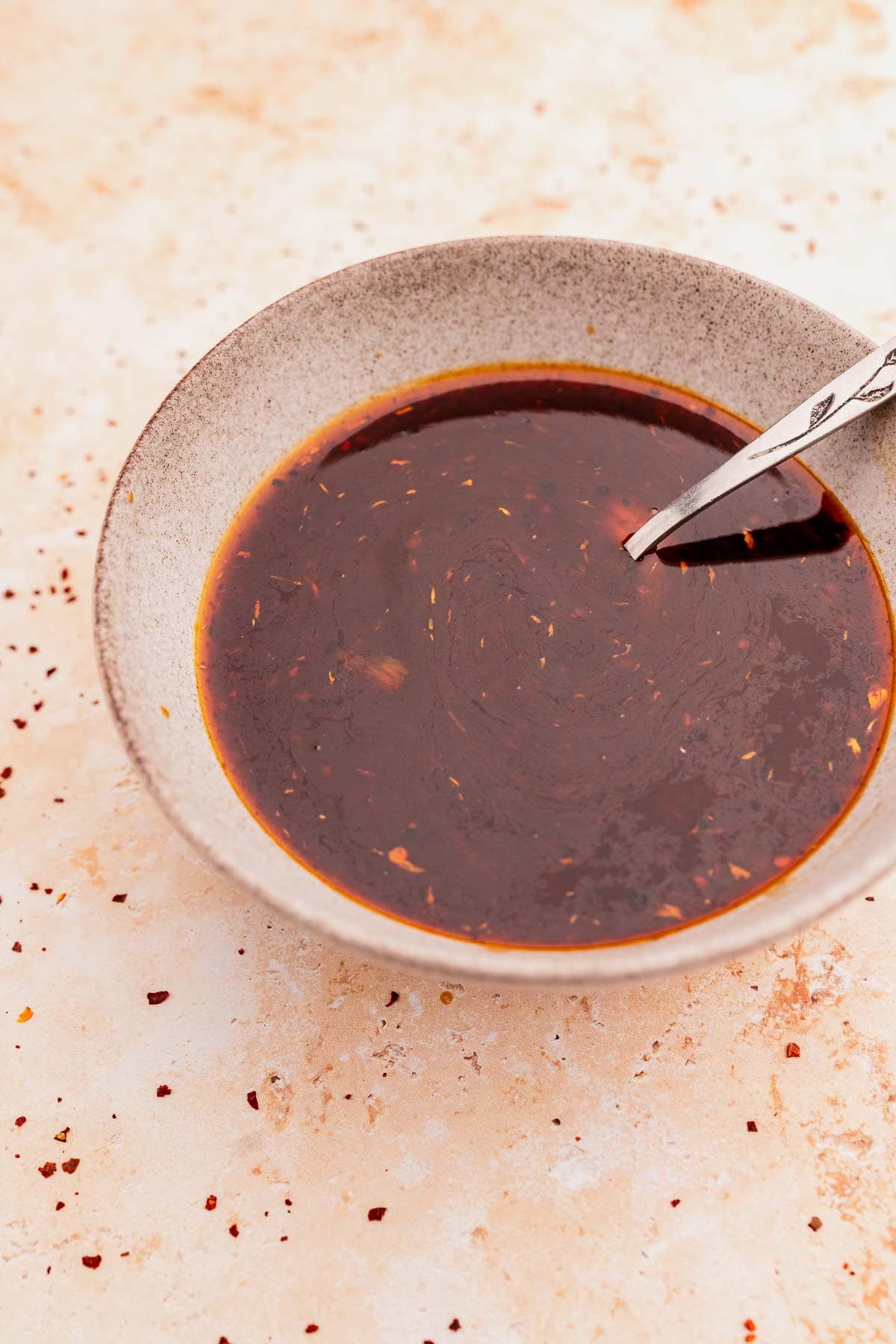
- In a small pot or saucepan over medium heat, whisk together soy sauce, brown rice syrup, vinegar, Gochugaru, sesame oil, garlic, ginger, Gochujang, and pepper. Mix well.
- Simmer while stirring until it thickens slightly, about 5 minutes.
- Use right away, or let cool completely before storing (see Storage Tips below).
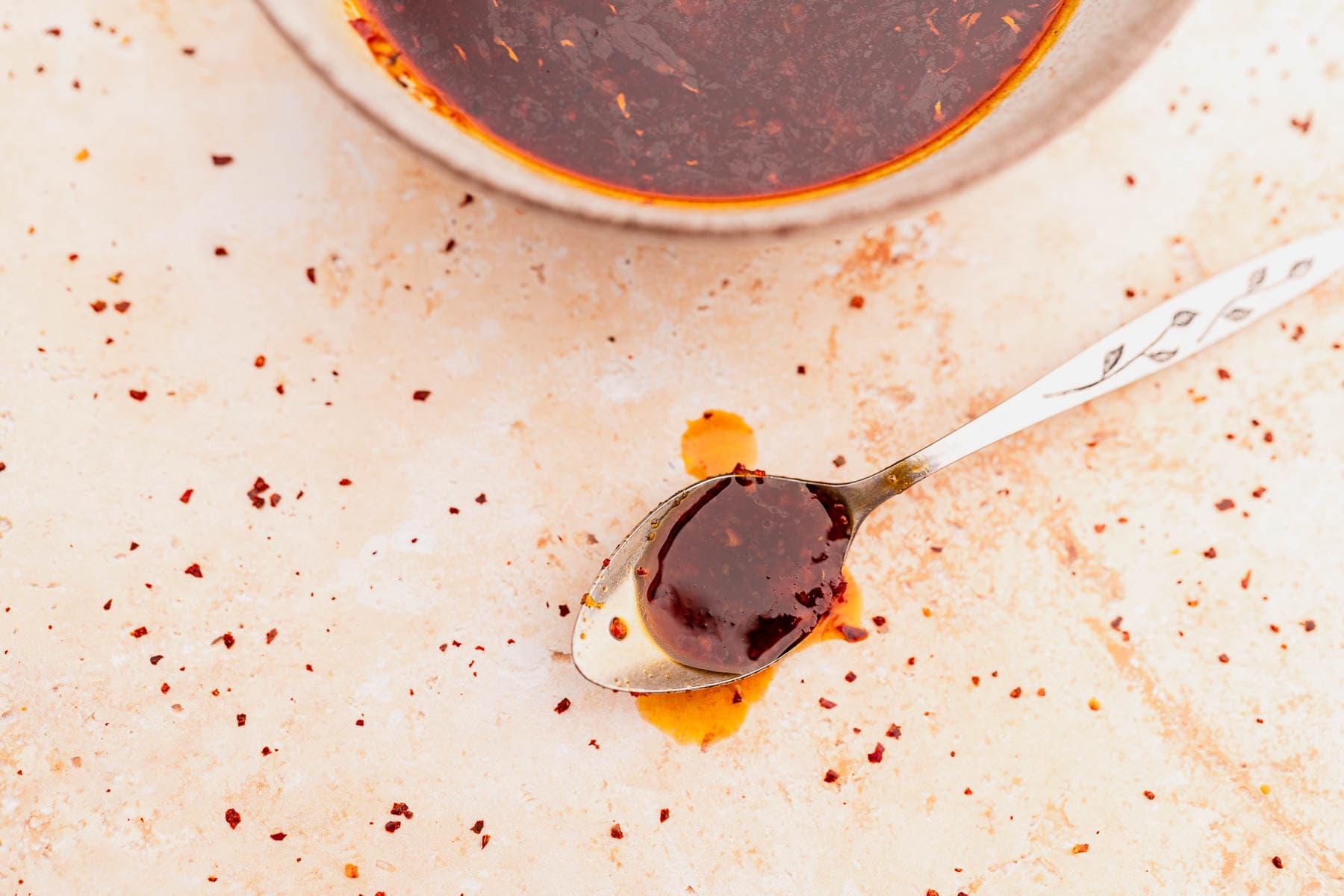
How to Use Korean BBQ Sauce
- Drizzle it on top of my crispy air fryer tofu, sweet and spicy green tofu bowl, or sticky maple ginger tofu noodle bowl to enhance the flavors!
- Add it to sauteed mushrooms, grilled/roasted vegetables, or nearly any of my air fryer recipes.
- It also pairs well with cauliflower. Try using it as a dipping sauce for crispy air fryer cauliflower, or replace the honey sauce in my baked cauliflower wings recipe.
- Use it as a dipping sauce for purple sweet potato fries, vegan zucchini fritters, or broccoli tots.
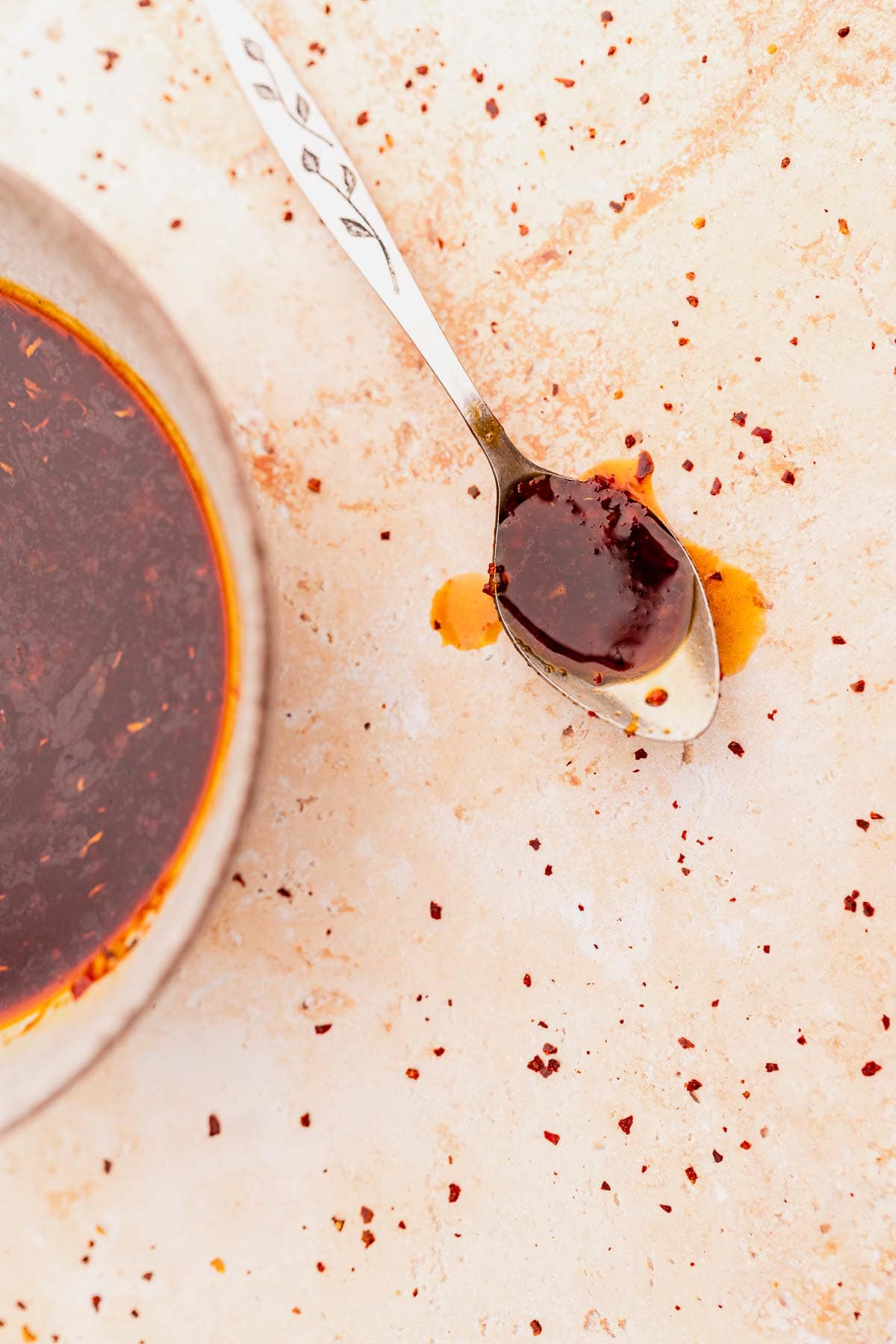
Storing Korean Barbecue Sauce
Pour it into an airtight container or a jar with a tight-fitting lid and keep it refrigerated. The sauce can last for up to 2 weeks when stored in the refrigerator.
You can also freeze the sauce for longer storage; it will keep well for up to 3 months. Just leave some room at the top of the container for expansion when it freezes.
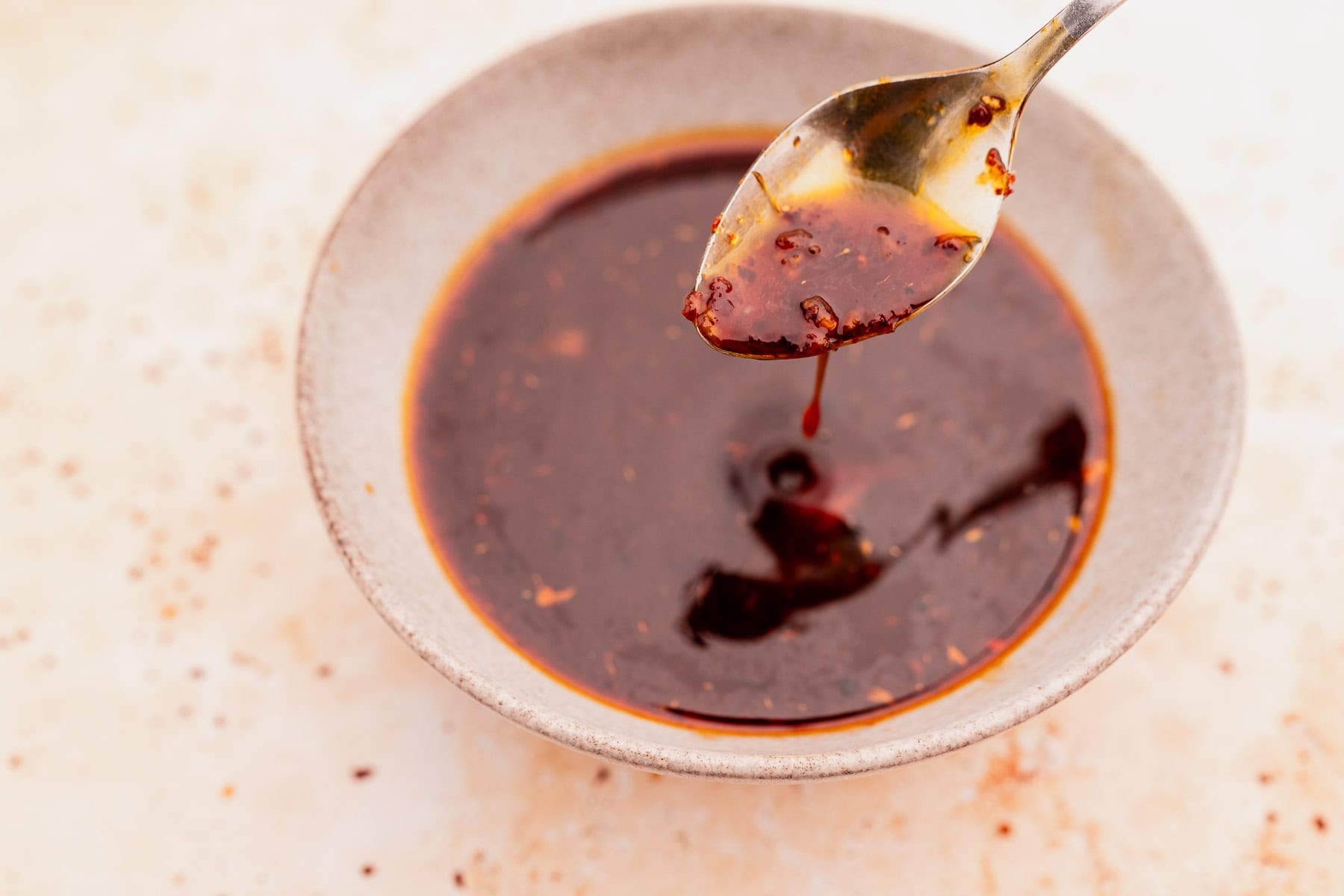
More Delicious Sauce Recipes You Might Love
13 Fermented Hot Sauce Recipes
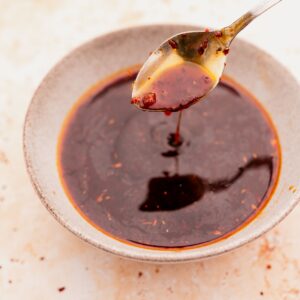
Korean BBQ Sauce
Ingredients
- ½ cup soy sauce be certain to use gluten-free soy sauce if necessary, coconut aminos can be used instead
- ¼ cup brown rice syrup or honey (if not vegan)
- ¼ cup rice vinegar or apple cider vinegar
- 2 tablespoons Gochugaru Korean red chili flakes
- 2 tablespoons toasted sesame oil
- 6 cloves fresh garlic grated or minced
- 1 tablespoon fresh ginger root grated or minced
- 1 tablespoon Gochujang or sriracha, use certified gluten-free if necessary
- ½ teaspoon freshly ground black pepper
Instructions
- In a small pot over medium heat, combine the soy sauce, brown rice syrup, vinegar, Gochugaru, sesame oil, garlic, ginger, Gochujang, and pepper. Mix well.
- Simmer while stirring until it thickens slightly, about 5 minutes.
- Use right away, or let cool completely before storing in the refrigerator in an airtight container for up to 2 weeks.

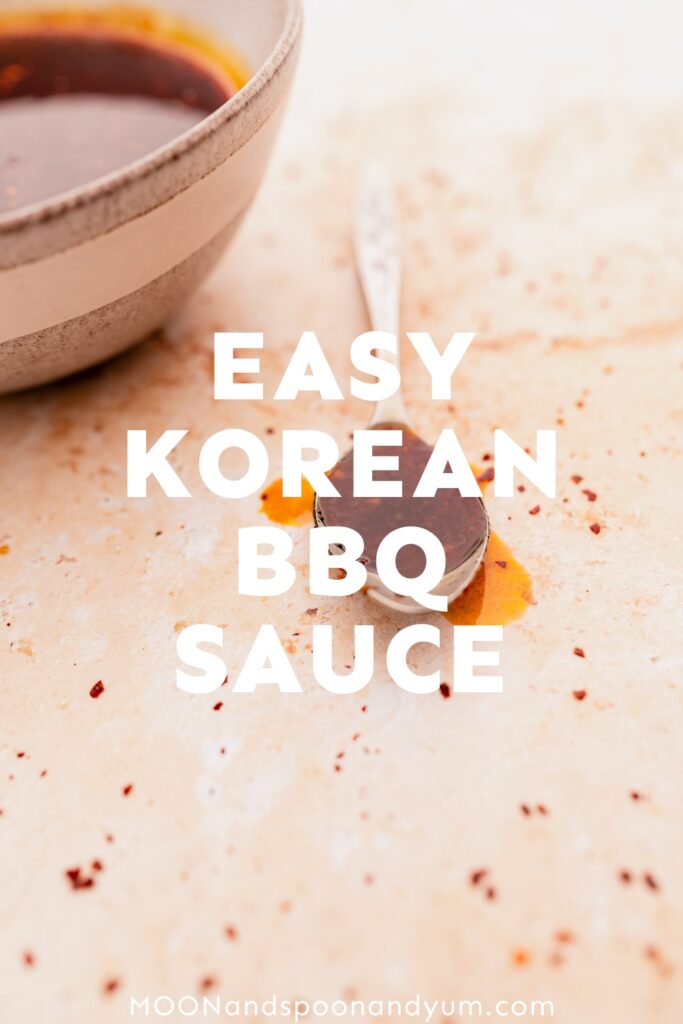
simply the best tasting sauce
Thanks so much! I’m so happy you enjoyed it. 🙂
This was such a great combo of flavors. Will make again!